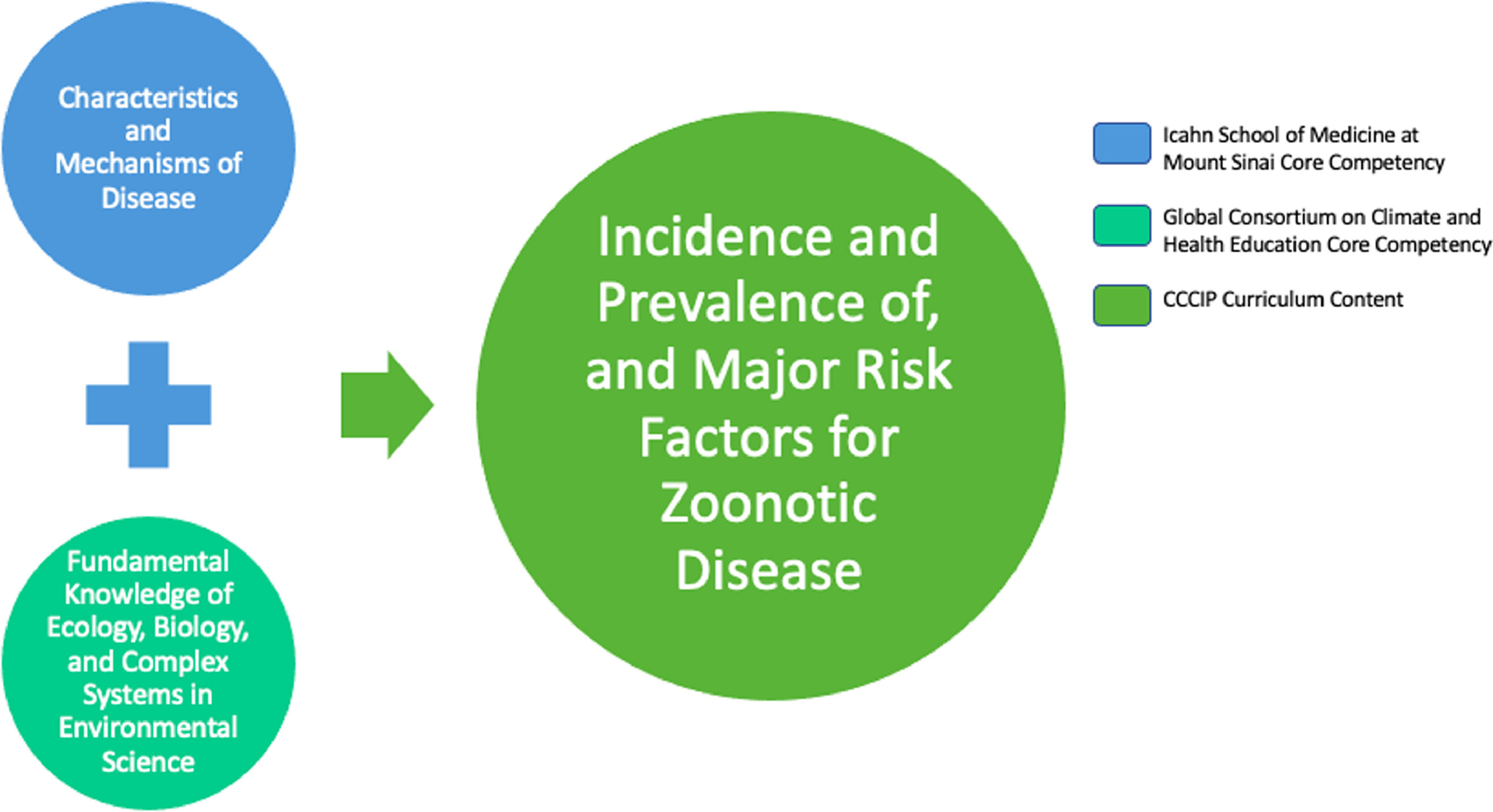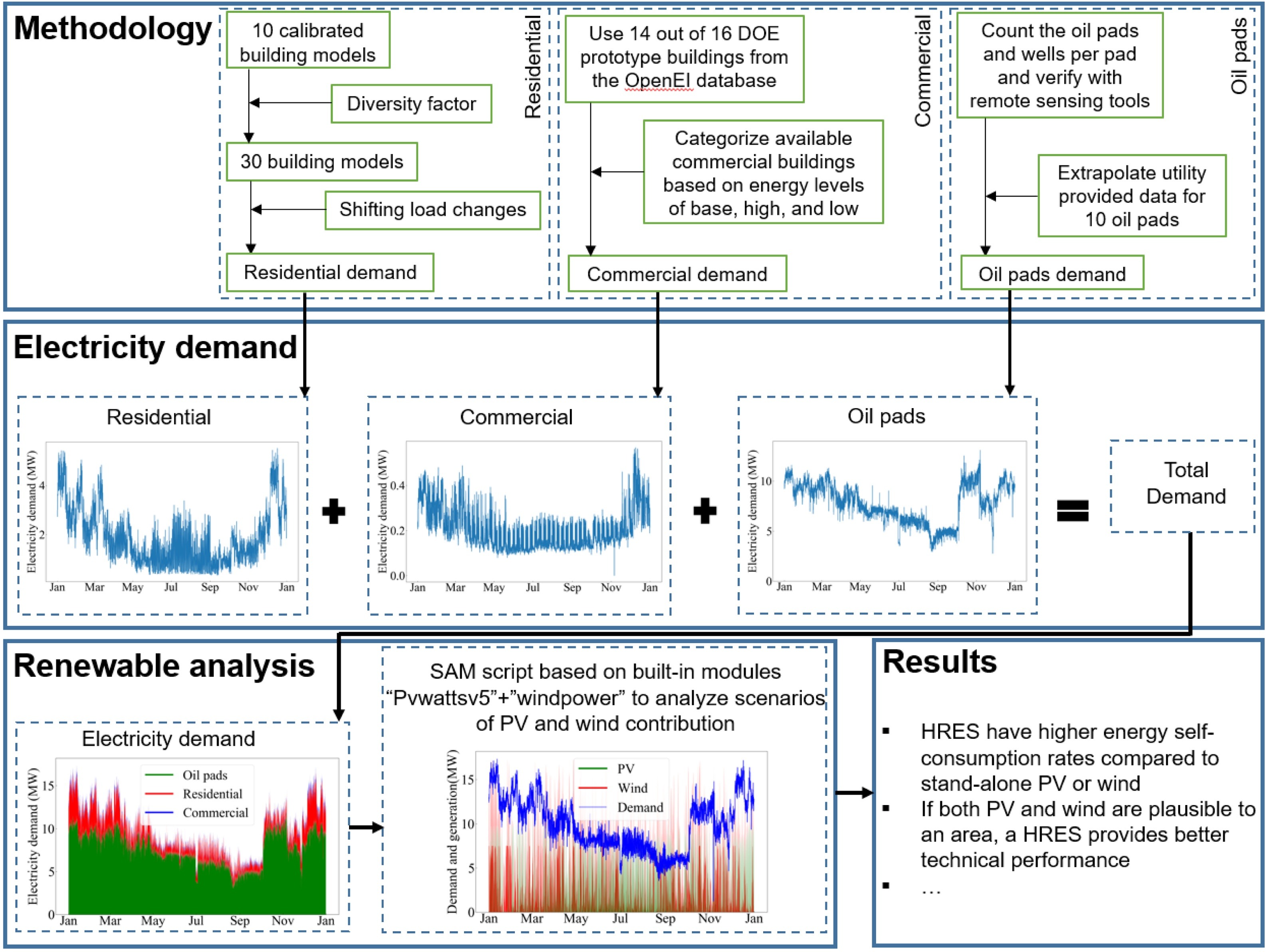This Article supports SDGs 3 and 10 by showing substantial differences in the age-standardised mortality rate due to police violence over time and by racial and ethnic groups within the USA.
This Article supports SDGs 3 and 10, assessing whether people ageing with HIV have more drug-drug interactions than those without HIV, and whether this confers greater risk of hospitalisation.
The Icahn School of Medicine at Mount Sinai has developed a unique Climate Change Curriculum Infusion Project (CCCIP) designed to incorporate information on climate health into an existing undergraduate preclinical curriculum.
Training future healthcare sustainability leaders in Canada.
Addresses the Health Effects of Climate Change: a new expanded climate and health strategy based on data, science, and action.
The healthcare industry is the second leading contributor of waste in the United States. This study reports a waste audit to identify key waste generators in an outpatient practice and start immediately reducing waste and greenhouse gas emissions.
This article supports SDG 2, SDG 3, and SDG 13 by demonstrating the economic benefits of wind energy development to the local individuals and communities.
This paper provides a methodology for the holistic analysis of hybrid renewable energy systems in rural communities.
Interesting paper on looking at the history of self-reported HCV testing used in Florida, a state with one of the highest HIV prevalence.
Sea level rise (SLR) has and will continue to impact coastal communities in the coming decades. Despite the widespread availability of data on SLR projections, little is known about the differential impact of SLR on minority or economically disadvantaged populations. In this study, we aim to identify the geographic areas in which low-income and communities of color along the North and South Carolina coastline in the United States will experience the most severe effects of SLR.


